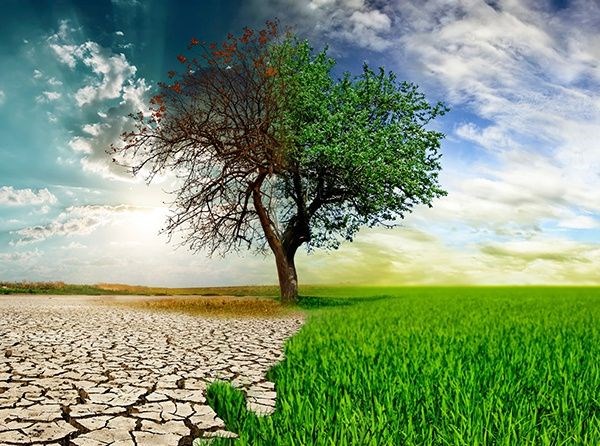Search here

11-Jul-2025 , Updated on 8/2/2025 6:46:52 AM
The Environmental Benefits of Trees: Air, Water, and Soil
Trees Purify Urban Air
Across urban environments, trees play a major part in air purification due to the direct absorption of dangerous pollutants. Leaves trap air particles, such as the PM2.5, PM10, as well as dust and soot. Gaseous pollutants like nitrogen dioxide (NO 2 ), sulfur dioxide (SO 2 ), and Ozone (O 3 ) are absorbed by the leaves hence decreasing the levels at the ground. Volatile organic compounds (VOCs), which have the capacity to create ozone also are absorbed by trees. Moreover, trees trap the carbon dioxide (CO 2 ). It is a direct mitigation to exposure of urban air pollution through this natural filtration.
Carbon Sequestration Through Forests
Forests trap atmospheric carbon dioxide through photosynthesis, locking carbon in the woody biomass, leaves and roots. This is a very important environmental process. With regard to air quality, direct mitigation of greenhouse gas accumulation occurs through carbon absorption. In terms of water, the healthy forest soils enhanced by carbon stored in organic matters and root systems greatly enhance the infiltration of water and minimized erosion, so the watersheds are safeguarded. More importantly, the forests carry a lot of carbon into the ground by exudation root and decomposition. This commodity storage in the ground increases soil structure, fertility as well as long term stability. Conservation and increasing forests is thus fundamental towards optimal realisation of carbon absorption and subsequent associated advantages of the atmosphere, water, and soil.
Water Filtration Via Root Systems
Root systems containing trees are natural water filtration. Roots physically decrease surface runoff, giving sediments and other related pollutants ample time to settle before entering waterways. At the same time, roots uptake surplus fertilizer such as nitrogen and phosphorus and avert algal blooms downstream. Most importantly the roots act as a foundation to microbial communities (rhizosphere) which biologically degrade pollutants such as hydrocarbons and pesticides. Phytoremediation is also directly sequestering and absorbing heavy metals and other toxins in soil and groundwater by various species of the trees. Such a combined rooting role preserves the quality of water.
Trees Regulate Hydrologic Cycles
The trees are important regulators of the hydrologic cycle. Runoff and impact of rainfall on the soil surface is cut down as canopies intercept rainfall. Roots of trees use a lot of ground water supplying moisture into the air through a process known as transpiration. Root systems also strengthen the soil structure which speeds up the water infiltration rates to a great extent. This enables more water that percolates into ground water aquifers rather than overland flow. As a result, trees minimize the risk of flooding, dampen the consequences of heavy precipitation by lowering the maximum flow, and maintain the base flow of the streams during dry times, by controlled groundwater discharge. Minimal soil erosion is also experienced in this process.
Soil Stabilization Prevents Erosion
The roots of trees physically hold soil particles together forming a strengthened network which tremendously enhances the cohesive strength and shear strength of the soil. This large root system stabilizes the ground which is very firm to be displaced by the wind or the water. In turn, soil stabilization eliminates erosion directly. Through the stabilisation of slopes and stream banks, trees reduce the loss of soil and sediment. Such root-associated stabilization is integral natural process of inhibiting land degradation and ensuring long-term soil integrity in the ecosystems.

Content Writer
Hi, I’m Meet Patel, a B.Com graduate and passionate content writer skilled in crafting engaging, impactful content for blogs, social media, and marketing.
Comments
Join Our Newsletter
Subscribe to our newsletter to receive emails about new views posts, releases and updates.
Copyright 2010 - 2025 MindStick Software Pvt. Ltd. All Rights Reserved Privacy Policy | Terms & Conditions | Cookie Policy